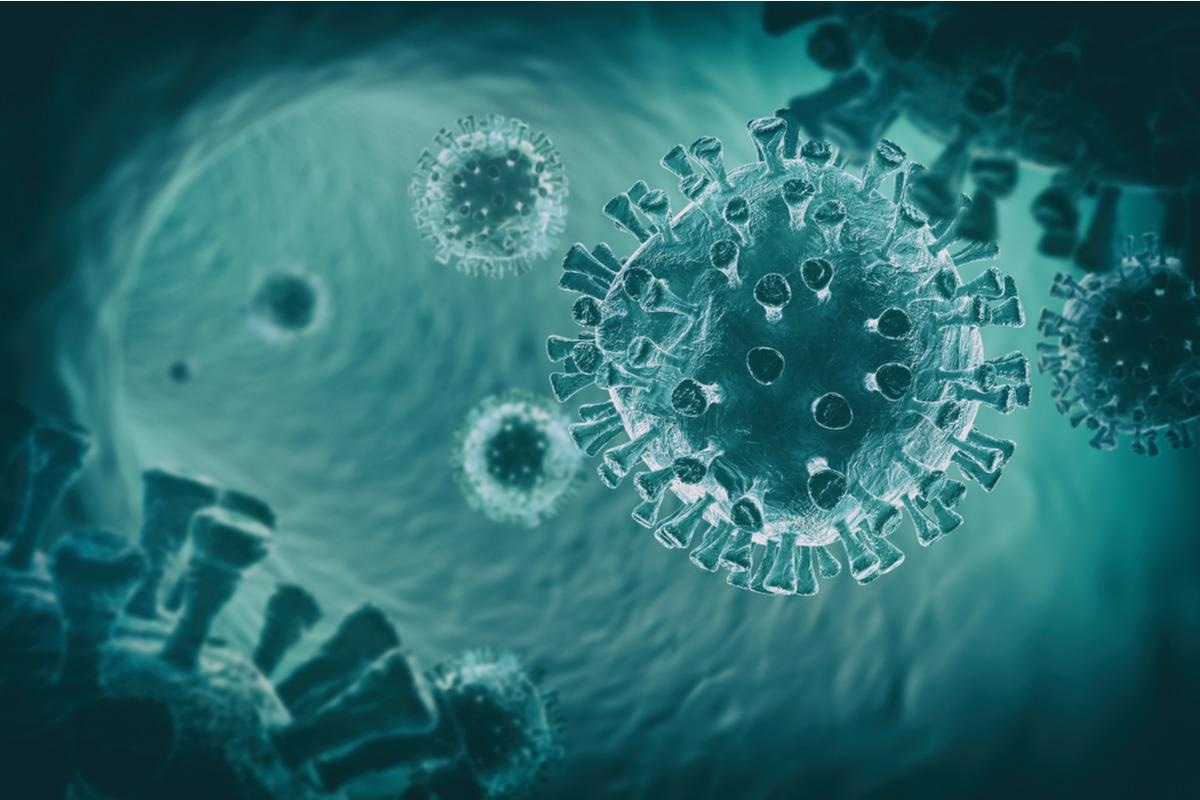The coronavirus disease 2019 (COVID-19), caused by the severe acute respiratory syndrome coronavirus 2 (SARS-CoV-2), has spread worldwide. SARS-CoV-2's high infectiousness and mutability, combined with the presence of asymptomatic carriers, have made epidemic prevention and control extremely challenging. To facilitate early diagnosis and long-term surveillance of COVID-19, there is an urgent need for rapid, accurate, and accessible SARS-CoV-2 testing.
 Study: All-solid-state SARS-CoV-2 protein biosensor employing colloidal quantum dots-modified electrode. Image Credit: alphaspirit.it/Shutterstock
Study: All-solid-state SARS-CoV-2 protein biosensor employing colloidal quantum dots-modified electrode. Image Credit: alphaspirit.it/Shutterstock
The ability of biosensors to recognize molecules and translate biological information into optical or electrical signals is one of its most notable features. For the quick and specific testing of SARS-CoV-2, biosensors based on spectroscopy techniques such as fluorescence, surface plasmon resonance (SPR), and surface-enhanced Raman scattering (SERS) have been widely developed.
Multiple preparation and processing stages and the use of complex tools or apparatus are required for the aforementioned techniques, which limits the application of humoral testing on-site. The need for widespread and accurate detection of SARS-CoV-2, one of the world's biggest RNA viruses, has prompted the development of materials with designed sensing capabilities and new fabrication processes for high-performance biosensors.
In a study published in Biosensors and Bioelectronics, an all-solid-state SARS-CoV-2 protein biosensor using lead sulfide (PbS) colloidal quantum dots (CQDs)-modified electrode is demonstrated by a group of researchers from several institutions. The authors use CQDs' surface ligand exchangeability to build electronic labeling of SARS-CoV-2 proteins on an Au work electrode, which converts the specific binding of SARS-CoV-2 antigen and antibody into substantial current signals. With an accuracy of roughly 90%, the all-solid-state SARS-CoV-2 protein biosensor distinguishes patient and normal samples.
The study
The basic electrochemical parameters of the modified electrodes were investigated using cyclic voltammetry (CV). Unmodified electrodes (Au), pristine CQDs-modified electrodes (Au/CQDs), and antigen-coated CQDs-modified electrodes before (Au/CQDs/Antigen) and after BSA-blocking treatment (Au/CQDs/Antigen/BSA) were prepared and tested in the presence of 1 PBS (phosphate buffer) containing 5 mM [Fe(CN)6]3/4 and The REDOX peaks were visible on all of these electrodes (Au, Au/CQDs, Au/CQDs/Antigen, Au/CQDs/Antigen/BSA), showing that the electrochemical planar three-electrode could convert charge transfer at the solid-liquid interface into current output.
The authors also discovered that the modification layer affected the current intensity of these electrodes, indicating a variation in the modification layer's charge transfer capabilities. The Au/CQDs sample shows a greater peak current than the unmodified Au electrode, indicating that the CQDs modification layer is an acceptable charge transfer capability. In the Au/CQDs/Antigen and Au/CQDs/Antigen/BSA samples, the peak current reduced to 221.8 µA and 170.4 µA, respectively. The electrochemical response of [Fe(CN)6]3/4 is still very good, indicating that the CQDs-modified electrode is still capable of biomolecule recognition and signal transduction.
The performance of the CQDs-modified electrode as a SARS-CoV-2 antibody biosensor was also investigated. To investigate batch-to-batch variation, devices from several batches were tested in 1 PBS. Slight variations in current with a small relative standard deviation showed satisfactory consistency. There is just one current peak at 145 mV in the curve recorded in PBS without IgG antibody, which could be attributed to the redox potential of the Ag/AgCl reference electrode in PBS solution, as documented in recent literature. As the antibody was introduced, a new current peak emerged at -145 mV, in addition to the background peak.
The charged substances in the PBS buffer environment increased as the antibody concentration increased, boosting the electrochemical activity of the CQDs-modified electrode. The current corresponding to each potential increased in differential pulse voltammetry (DPV) mode, and the current corresponding to the redox potential of the Ag/AgCl reference electrode increased even more, resulting in an increase in peak current at 145 mV. The authors hypothesized that the peak current to the redox potential of the reference electrode utilized as the signal in some literature would be subject to cross-interference or nonspecific responses.
The sensor's performance was further tested using serum samples from COVID-19 patients and healthy people. For comparison, the SARS-CoV-2 IgG antibody levels were tested using the ELISA method. The response peak for a typical patient sample was visible, with a significantly higher current than the normal sample, which had no response peak. The significances test was performed with 26 positive serum samples chosen randomly from 11 patients and 12 normal serum samples. The threshold between positive and negative samples was defined as a response with a value of 1.102.
The sensor can identify the SARS-CoV-2 antibodies in serum samples from COVID-19 patients that have been clinically diagnosed. When the highest response value in the case of the negative serum was used as the dividing line, the all-solid-state biosensor was able to identify 23 of the 26 positive samples, indicating a positive/negative sample discrimination accuracy of about 90% with statistical significance using the unpaired t-test.
Implications
The PBS CQDs-modified electrodes have been demonstrated as sensitive and specific SARS-CoV-2 protein biosensors by translating the antigen-antibody specific binding reaction into meaningful current output signals. Quantum confinement and the Coulomb blockade effect of quantum dots are thought to be responsible for the electrical transduction mechanism, which results in a unique charging and discharging effect depending on the applied alternating voltage.
The all-solid-state SARS-CoV-2 protein biosensor provides a quantitative analysis of SARS-CoV-2 antibody in serum specimens from COVID-19 patient samples, with a correlation coefficient of 93.8% compared to ELISA value. It distinguishes between patient and normal samples with a 90% accuracy rate. A handheld testing system prototype could read the results in under a minute.